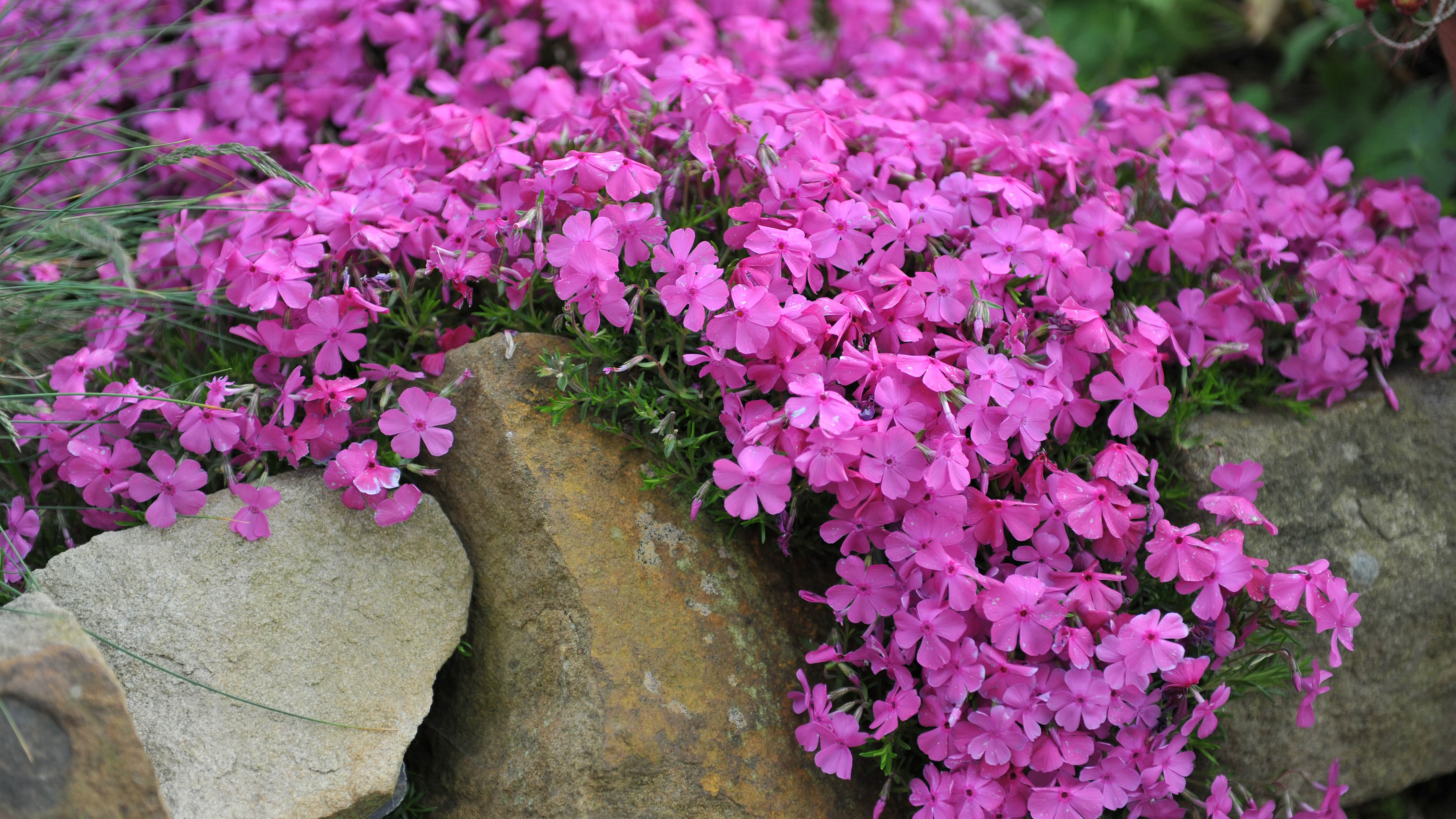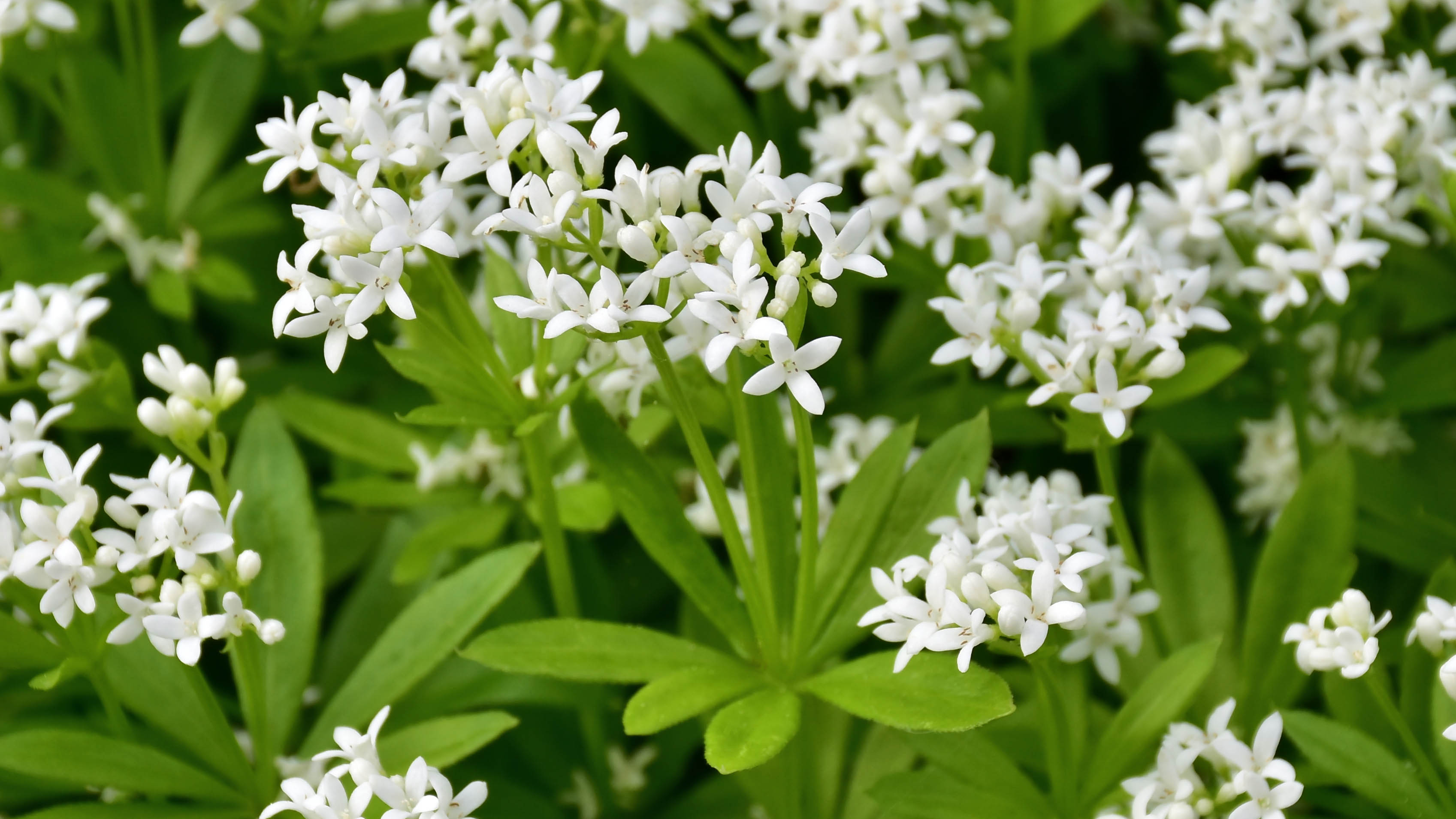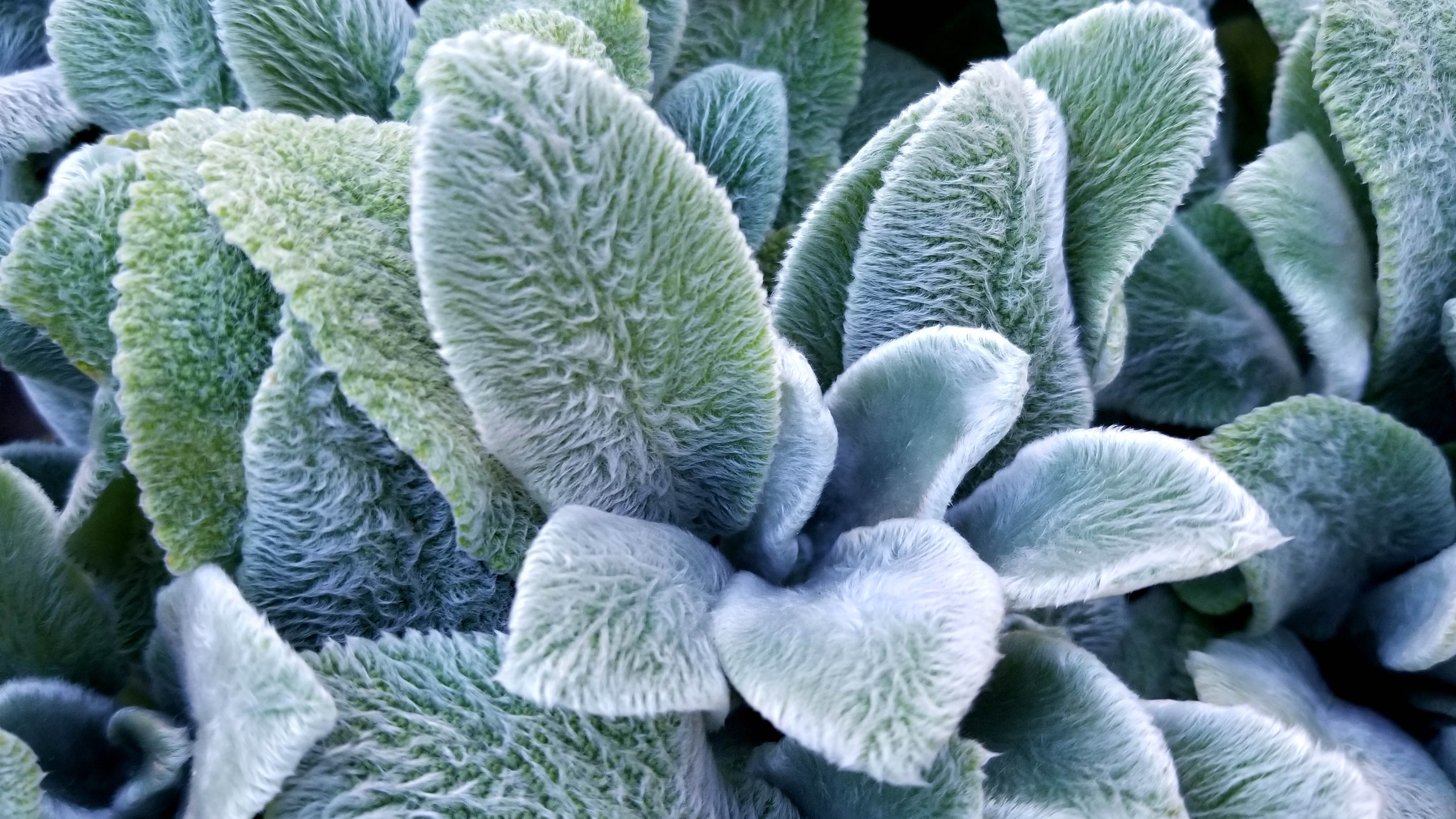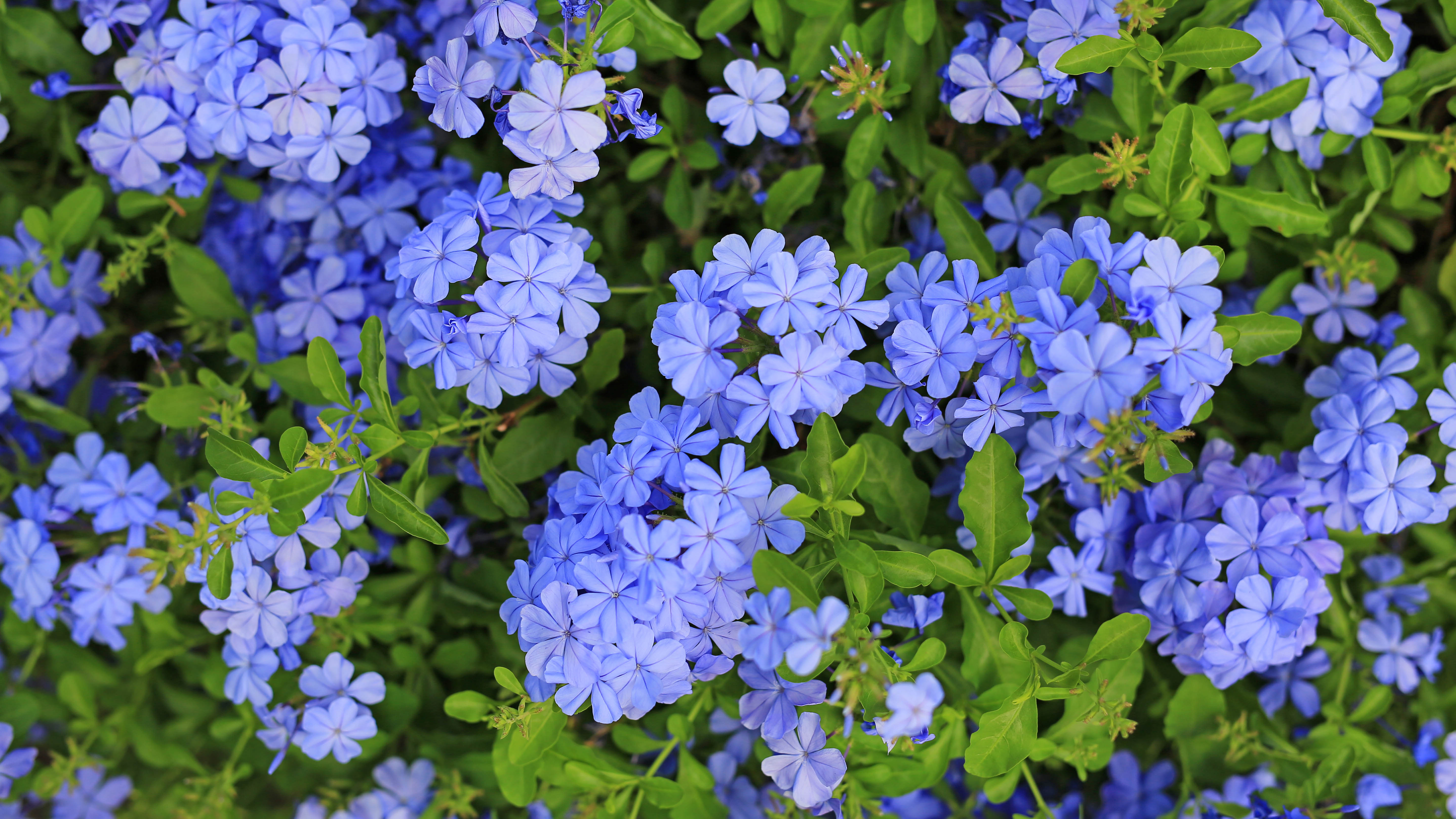7 plants that prevent weeds in your yard

As we get deeper into the summer, weeds can prove problematic for any gardener. They pop up everywhere and anywhere, be it in between patio slabs or just right in the middle of your lawn. Wherever they sprout, weeds will hog the valuable nutrients in your soil as well as the sunlight from above, so any nearby plants will be at risk of smothering. Should one weed take root in your flowerbed, it can result in a lot of damage if not dealt with promptly.
You can keep on top of such weeds by dealing with them individually, such as by learning how to get rid of crabgrass or how to get rid of dandelions. There’s also 7 ways to kill weeds naturally if you’re not a fan of chemicals. Alternatively, you can be more selective in what you grow, and opt for plants which will turn the tables on any weeds. That’s right, some plants can actually help prevent weed growth — we’ve listed 7 of them here.
Plus, here are 7 ways to prevent weeds from taking root in your yard and 7 ways to remove weeds from your patio. And 5 best plants to help cool down your home. Having plants in your garden that help prevent weeds will also reduce the amount of chores, a big plus if you're interested in how to create a low-maintenance garden. And here's how to stop neighbor's weeds from invading your lawn.
1. Creeping phlox

The first plant to make our list is creeping phlox. This popular ground cover plant features an abundance of purple, pink or white flower heads when in bloom. It’s low-growing and spreads to cover open areas of soil, but it can just as easily survive on rock formations, such as in between crevices on walls.
It’s effective at deterring weeds because of the dense area of cover it provides. The thickness of this plant prevents weed seeds from reaching the soil surface as they spread in the wind. Even if a seed does make it to the surface, there won’t be enough sunlight for it to grow effectively.
Creeping Phlox grows well in full sun or part shade. Its hardy nature makes it suitable for USDA zones 3-9, requiring only an inch of water per week throughout summer. It’s pretty drought-tolerant though, so don’t worry if you’re late every so often.
Here are 7 uses for ground cover plants if you want to learn more.
Get instant access to breaking news, the hottest reviews, great deals and helpful tips.
2. Sweet woodruff

Sweet woodruff is another ground cover plant, which spreads outwards to cover a wide area. Its appearance is both bushy and pretty, with sporadic small white flower heads and leaves which bloom in star-like bunches. It can grow up to 12 inches tall, and spread out 18 inches wide per plant, and because it spreads via runners, it can quickly cover a large space.
As a ground cover plant, weed seeds can’t penetrate sweet woodruff to reach the soil’s surface. Although, while it’s still growing and not fully established, you may want to lay down some mulch to protect the surface preemptively. An organic mulch can also help retain moisture in the soil and introduce nutrients as it deteriorates — so it’s a win-win.
Best grown in USDA zones 4-8, sweet woodruff prefers part to full shade with moist soil conditions. Caring for this plant is minimal — it’s pretty self-sustaining, only needing water in times of drought. Bear in mind though that it spreads so successfully it can become invasive; regular maintenance will be needed to shape it and keep it in check.
3. Mint

Mint is a handy herb to have around. The leaves can be harvested to flavor all kinds of dishes in the kitchen, and the scent is known to repel a range of pests, including wasps, fruit flies and roaches. Add to that, mint can have its uses in the yard as well.
As a fast-growing plant which produces a dense formation of thick leaves, mint can easily create an effective layer of cover on open soil. It can reach 3 feet tall, which means sunlight is effectively blocked even if weeds manage to penetrate the soil's surface and achieve some height. Mint is very invasive when competing for space and nutrients as well, which makes growth tougher for incoming weed seeds.
Mint isn’t a picky plant to grow. It thrives in both full sun or partial shade in zones 3-8, and just requires regular access to water — once or twice a week for guidance. Take warning though: some will view mint as pesky as weeds themselves because it grows so quickly and can smother other plants it encounters. For that reason, we would usually recommend planting it only in containers.
But, if you’ve got a pair of the best pruning shears, and you’re happy to keep its growth in check, mint is arguably better to keep in your yard versus regular weeds. You could always use a bottomless container to keep the roots in check. Simply cut the base out of an existing container and plant your mint within it in the soil. Here are our top 7 tips when growing mint.
4. Lamb’s ear

Lamb’s ear looks as adorable as it sounds, with fuzzy, floppy leaves, which almost have a silky feel thanks to its fine hairs. These leaves have a silver, frost-covered appearance, and bunch together to create a thick bushy appeal. It’s another low-growing ground cover plant which is actually part of the mint family — that explains why it’s so quick and easy to grow, reaching heights of 12 inches.
Weed seeds won’t be able to compete against lamb’s ear. The thick leaves will block out the majority of sunlight where it grows. Although, you should take care with it around your own plants too, because much like mint it can quickly become invasive, particularly in warmer climates, and over shadow those it encounters.
Lamb’s ear grows best in USDA zones 4-8, liking full sun or partial shade. It’s pretty drought tolerant too, surviving dry conditions, so avoid overwatering. Only about an inch of water per week will be required. Try not to get the leaves wet as you water either, as this can encourage disease.
5. Hosta

Hosta, or plantain lilies, feature thick abundant leaves, some varieties of which have multiple tones of color, fading to pale at the center. It looks like something you’d find in a tropical rainforest, particularly when it flowers with erect stalks of purple or white blooms. These are known to be particularly fragrant too, attracting hummingbirds to your yard.
Hostas ultimately come in all shapes and sizes, but there’s one thing they have in common: They all produce an excess of shade on the soil thanks to the overlapping, thick leaves. Because of this, they make for effective ground cover and can prevent weed seeds from finding their way to the surface, or from growing if they somehow do.
Hostas grow well in the shade (USDA zones 3-8), and for that reason they’re often chosen to cover areas where there’s little light and open soil, such as under trees. These are hardy plants to grow, making them easy to raise. Hostas prefer an inch of water a week — make sure it’s watered deeply to encourage deep root growth.
6. Bugleweed

Though bugleweed is often considered a weed in itself, it looks nothing like one, especially when blooming. Also known as ajuga, bugleweed grows spectacular stalks of tiny trumpet-shaped purple flowers, which can add immense color to a yard. Plus, it can bloom again from spring to fall, so there’s no shortage.
As another member of the mint family, it’s a thick and dense plant which will prevent weeds from taking root. Take great care when choosing and planting varieties of bugleweed however — these plants are considered invasive in some states. They can quickly overgrow and become unruly, killing turfs of grass, so should only be grown in areas when they can be easily maintained and controlled, with limited access to grass and other plants. Do your research and choose a variety which is slow-growing and less aggressive. And be sure to follow the rules in your local area if bugleweed is discouraged.
Considering its weed-like status, bugleweed requires minimal care to thrive. It will flourish in direct sun or part shade, growing well in zones 4-9, and should survive on rainwater alone, otherwise one inch of water per week in sunny spots should be enough. Remember to stay vigilant when growing bugleweed, cutting away runners where you don’t want them to grow. While it’s high maintenance to keep it in check, it’s fast-growing, dense nature makes it perfect for deterring weeds as well as filling in areas which are difficult-to-grow in.
7. Hardy plumbago

Finally, hardy plumbago deserves a mention on this list. While the name suggests a tough customer, this popular ground cover plant features sweet and delicate blue flowers with windmill-like petals. It tends to bloom in the late summer to fall, and the green leaves also fade to an attractive maroon color at this time of year. Needless to say, this is a great shrub to keep if you want to inject some color into your yard.
Despite this sweet appeal, the leaves form thick and dense coverage which makes it effective at preventing weeds, just like all the other plants listed here. It grows tall and wide, reaching 10 feet in diameter once mature. Plumbago spreads via rhizomes, meaning it grows at a moderate to fast pace from underground, so you will need to keep an eye on its development, but it’s not considered invasive.
As the name implies, hardy plumbago is indeed hardy. It will grow well whether in the full sun or part shade, suitable to USDA zones 9-11. It’s drought-tolerant, so only requires water when the soil feels dry, plus it’s deer-resistant which is an added bonus.
More from Tom's Guide
- 7 best winterproof plants to survive the cold
- Also, check out these 7 best plants to reduce indoor air pollution
- 7 easy-to-grow plants for beginners

Katie Mortram used to be a Homes Editor for Tom's Guide, where she oversaw everything from kitchen appliances to gardening tools, as well as smart home tech. Specializing in providing expert advice for cleaning and home manintenance, she now works as Household Advice Editor for Good Housekeeping.
